Australian mammalogist, palaeontologist, environmentalist and global warming activist, Tim Flannery, and artist Robert Hannaford discuss the creation of Tim's portrait.
This video was produced with funds donated by Tim Fairfax AC.
Australian mammalogist, palaeontologist, environmentalist and global warming activist, Tim Flannery, and artist Robert Hannaford discuss the creation of Tim's portrait.
This video was produced with funds donated by Tim Fairfax AC.
Robert: Tim Flannery came to Adelaide as director of the museum. I was a great fan of Tim Flannery. Again, I'd read The Future Eaters and loved it. So when he came to Adelaide, I sought him out. I asked him to sit for me for the Archibald, which he kindly consented to do.
Tim: I'd just completed and published The Weather Makers, which was my big book on climate change. I was still director of the South Australian Museum at that time. Robert took me into a room at his house, which was very bare. It just had a chair there that he particularly liked for people to sit in. I sat there and behind me there was a window somewhere that opened up on to the wall of the house next door. Anyway, he sat me down in that chair and he looked, just looked for quite a while, asked me to get comfortable and said, "That's where you're going to be once you're comfortable and resume that pose."
It felt like 40 sittings. I couldn't swear to you that it was, but it felt like it was. Early in the morning for a number of months, I'd get up and go to Robert's studio and sit there and have to work on the portrait and then rush off to the museum to do my job, starting as early as I could.
Robert: Tim is such a vital person, so sparking with enthusiasm for life. Often he'd be bothered in his chair, talking and enthusing about whatever we were talking about. I painted him like that and it was larger than life, too. I had a problem trying to paint this larger picture. I don't know why I made it larger. Perhaps I thought he was larger than life.
Tim: It wasn't clear to me how the portrait was being painted. I'd look at it every day, I remember, at the end of it and say, "Well, Robert, have we made progress or not?" He'd say, "Well, yes. There's some things happening," and he said, "But I don't paint your portrait as such. What I paint is the space around you or the space around your features and I can't really explain how that makes a portrait, but somehow it does." I'm very fond of the portrait. I think he did a very good job of capturing me as I was at that time and put quite a lot of thought and consideration, I think, into the whole thing. It was a fascinating experience, actually.
The Australian of the Year experience is, it's indescribable, and I'm sorry to be opaque, but it is so difficult because you are plucked from wherever you are, you are given this award, you get to meet the Prime Minister. I suppose the thing I'm most proud of, though, is the work that I've been able to do in terms of community engagement around climate change. I really have an absolutely firm conviction that it's the community that counts. The more we can engage the community, both informally and also in decision-making processes, the better off we will be.
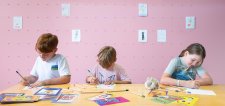
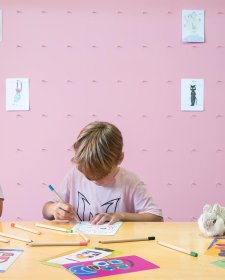

Drop into the Gallery any time for free creative activities inspired by artist Thom Roberts and his exhibition, The Immersive World of Thom Roberts.
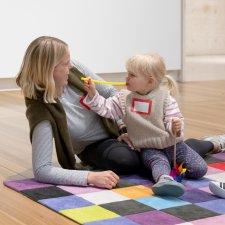
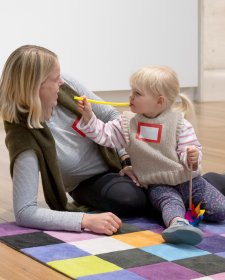
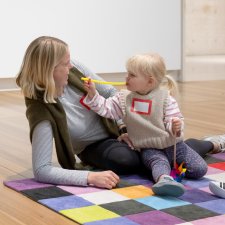
Join us for Portrait Play these school holidays as we explore portraits and music. Come and meet the people that live on our walls, discover musical instruments hidden in the portraits and get creative on your journey through the galleries.
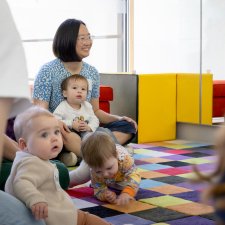
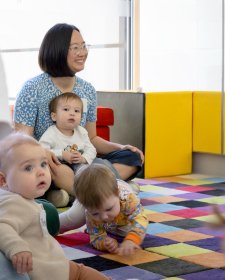
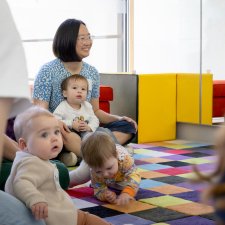
Do we have a treat for the smaller humans in your life! Little Faces is for babies and toddlers (with their grown up) to play, sing and have fun discovering a portrait together.